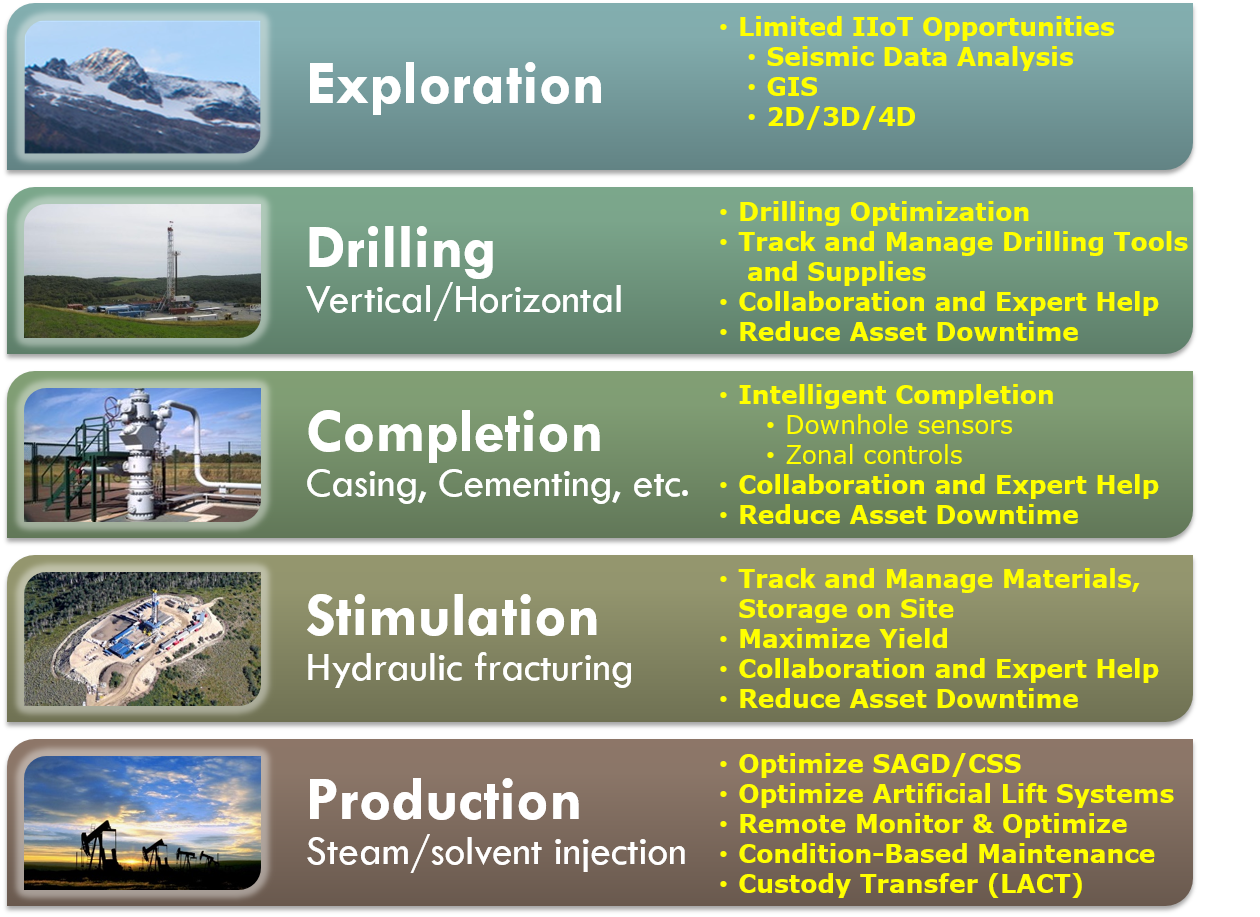Automation suppliers are already driving IIoT functionality into their process automation offerings. The DCS, however, exists primarily in the realm of real-time controls for critical process functions. Demand for determinism, fast response times, and high availability in process control preclude the use of the IIoT for real-time control applications, for now at least. However, cloud technology is already being rapidly embraced by process automation end users in areas where real-time control is less of a concern, like system engineering and cloud hosting of operations management applications and plant data. Virtualization has also rapidly been embraced by many process automation end users. Virtualization technology was introduced to the world of process automation several years ago, and its rapid rate of adoption should also be indicative of the adoption of cloud technology, big data, and analytics. The impact on edge devices, like gateways, is also significant, as our analyst
Chantal Polsonetti points out in our new
study on industrial network gateways, which frequently are the edge devices for the IoT, "Edge devices are assuming more IT-associated functionality due to the need to filter and massage data so that low-capacity remote networks are not overloaded and so that the higher-level platforms aren’t flooded with the tidal wave of data generated by industrial devices. Edge computing, fog computing, and similar strategies will be paramount to both prevent this data deluge and deliver feedback locally and as close to real-time as possible. Ability to execute applications on edge devices will therefore be increasingly required. Edge analytics applications that serve the business objectives of reduced downtime, maximized performance, and production operations are now emerging as the killer apps in this area."

Operations management applications (also known as MES) have become more tightly integrated with today’s DCSs. These applications range from batch software to planning and scheduling, simulation, optimization, plant asset management, and more. The penetration of IoT technology could result in a decoupling of these applications from process automation systems. Industry standard integration technologies like OPC are stepping in to provide the common language that will provide integration between control systems and other applications. This decoupling of operations management into more cloud based and IoT centric applications is mirrored by the demand from end users like ExxonMobil to decouple the process I/O from process controllers. IoT and the ExxonMobil/Lockheed Martin open system initiative are leading to independent hardware and software components that exist in a standards based environment – one that eliminates customization and incorporates secure by design principles to address cybersecurity concerns. All of these converging technology trends certainly seem to indicate that the days of the proprietary and monolithic DCS are numbered.


 Operations management applications (also known as MES) have become more tightly integrated with today’s DCSs. These applications range from batch software to planning and scheduling, simulation, optimization, plant asset management, and more. The penetration of IoT technology could result in a decoupling of these applications from process automation systems. Industry standard integration technologies like OPC are stepping in to provide the common language that will provide integration between control systems and other applications. This decoupling of operations management into more cloud based and IoT centric applications is mirrored by the demand from end users like ExxonMobil to decouple the process I/O from process controllers. IoT and the ExxonMobil/Lockheed Martin open system initiative are leading to independent hardware and software components that exist in a standards based environment – one that eliminates customization and incorporates secure by design principles to address cybersecurity concerns. All of these converging technology trends certainly seem to indicate that the days of the proprietary and monolithic DCS are numbered.
Operations management applications (also known as MES) have become more tightly integrated with today’s DCSs. These applications range from batch software to planning and scheduling, simulation, optimization, plant asset management, and more. The penetration of IoT technology could result in a decoupling of these applications from process automation systems. Industry standard integration technologies like OPC are stepping in to provide the common language that will provide integration between control systems and other applications. This decoupling of operations management into more cloud based and IoT centric applications is mirrored by the demand from end users like ExxonMobil to decouple the process I/O from process controllers. IoT and the ExxonMobil/Lockheed Martin open system initiative are leading to independent hardware and software components that exist in a standards based environment – one that eliminates customization and incorporates secure by design principles to address cybersecurity concerns. All of these converging technology trends certainly seem to indicate that the days of the proprietary and monolithic DCS are numbered.
